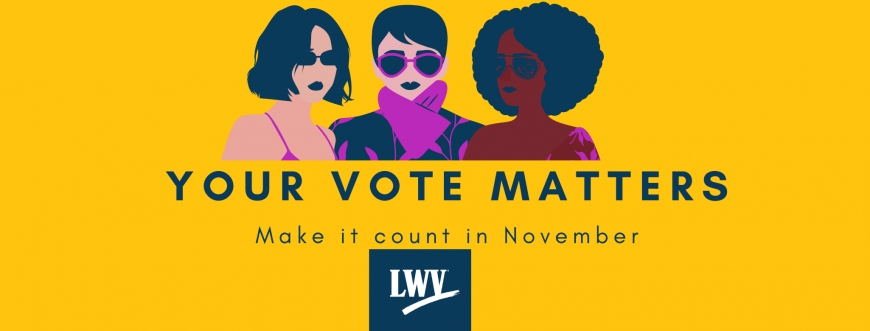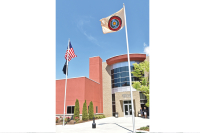The gender gap plays critical role as election looms
 Ethel Klein
Ethel Klein
By Ethel Klein —
In the past four years, Americans have experienced a series of large-scale events and shocks to our political system. The day after the Trump January inauguration, the massive 2017 Women’s Marches brought together over a million people in the nation’s capital and 5.6 million worldwide.
Just four months after he took office, President Trump fired FBI Director James Comey, resulting in the investigation by special counsel Robert Mueller and contentious congressional hearings. In 2019, Trump’s call with President Zelensky of Ukraine led to impeachment hearings, the third impeachment of a sitting president in American history, and Trumps’ ultimate acquittal by the Senate.
Within weeks, American’s began to become aware of the magnitude of the coronavirus pandemic. Just a few short months later, the killing of George Floyd in Minneapolis led to massive demonstrations calling for racial justice in cities and small towns across the country.
In the middle of all this were the 2018 midterm elections, with women’s votes propelling a 41-seat gain for House Democrats and Nancy Pelosi’s comeback as Speaker of the House.
These cataclysmic events have shaped voter attitudes and preferences. In each of these cases, women have reacted more quickly and more negatively to Trump than men have. A gender gap emerged early in 2020 across all approval ratings, presidential preferences, and top issues.
2020 is an election year like no others for many reasons and pollsters, pundits and academics are predicting that this election will be very different from 2016.
In response to COVID-19 many states have changed how and when people vote. The spreading virus and the intense and broad focus on racial justice – along with the increasing importance of the suburban women’s vote – provide insights for understanding how the 2020 presidential race has been developing.
Democrats have framed this election as a referendum of Trump’s handling of COVID-19. Right now, the coronavirus is winning and the President is failing. Disapproval of Trump’s response to the virus emerged in late March with a consistent gender gap, ranging from 8 points to double digits, since then. The approval/disapproval for Trump-as-President and Trump-handling-the-pandemic have not merely been similar; they have been virtually the same.
Tis the season of polls, and there are many. The amazing thing about the election polls this year is that the overall results nationally and in battleground states have been relatively stable and consistent. Biden was leading early this year, he was leading just before the conventions, he was leading just after the conventions, and he is leading now a week before the election.
Political strategists have been focusing on older women, suburban women, college educated white women, women of color, “Me Too” voters, prochoice voters, frontline workers (largely women), workers in low-wage jobs (also largely women), or unmarried women. In other words, WOMEN. Traditionally women have decided later than men, but this year unlike others, the percent of undecided voters is much smaller, about 5 percent.
Women are not a monolithic group where we all have shared neither life experiences nor the same privilege. We are not necessarily progressive or conservative, religious, struggling or comfortable. Yet, most women can find themselves in one or more of these clusters of females that comprise what’s often called the women’s vote.
The gender gap measures the difference in men and women’s votes for the leading candidate (in this case Biden). On average, there has been a steady gender gap in favor of Biden with October polls showing women supporting Biden with a 10-point difference as compared to men. Men are either evenly divided or are voting for Trump by a few points. A strong majority of women are voting for Biden. This gap has extended to nearly all parts of the country including the battleground states.
In North Carolina, an October 20-23 CBS News poll showed Biden at 51 percent support and Trump at 46 percent support among all likely voters. Forty-four percent of men said they would vote for Biden compared to 57 percent of women, a 13-point gender gap. Men supported Trump at 52 percent and women at 40 percent.
The demographic reality is that there are more women than men who are eligible to vote, more women who register to vote, and more women who do vote.
Women are the base of the Democratic party. All year the gender gap has played a critical role in Biden’s overall support. The internal dynamics of that lead can change but, in the end, the presidency is likely “up to the women.”
Ethel Klein is political scientist, the author of Gender Politics and a 2020 elections contributor to Ms. magazine that has regular gender gap updates. She served on the faculty of Harvard and Columbia universities.





